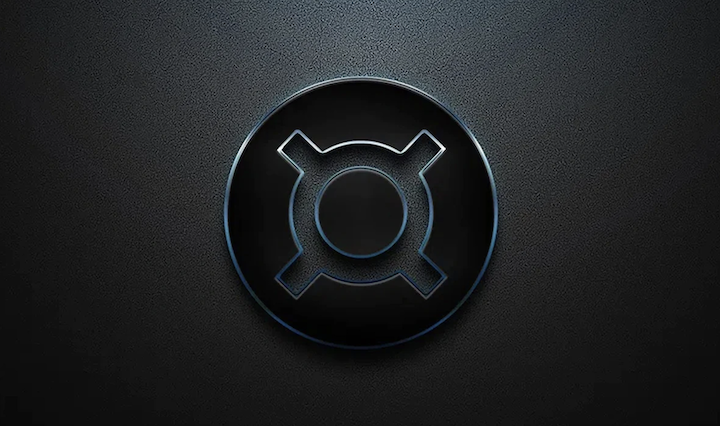
FRAX v3 is a USD-pegged stablecoin that uses AMO smart contracts and a permissionless, non-custodial sub-protocol as the stabilization mechanism. Internal sub-protocols used as stabilization mechanisms include Fraxlend (a decentralized lending market) and Fraxswap (an automated market maker AMM with special features). External subprotocols include Curve. FRAX v3 can add other sub-protocols and AMOs via governance, allowing for seamless integration of new stabilization mechanisms as they are discovered in the future.
Core concepts and benchmarks
1. Completely exogenous mortgage
FRAX v3 introduces the concept of fully exogenous collateral. The protocol will always try to maintain a Collateralization Ratio (CR) >=100%. Starting with v3 and beyond FIP188, the Frax Protocol will maintain collateralization of all FRAX stablecoins at at least 100% via AMO smart contracts and certain real-world assets held by partner entities approved by the frxGov governance module. FRAX's CR is calculated as the value of exogenous collateral held on FRAX's balance sheet. The stablecoin’s independent balance sheet is used to stabilize the price of the FRAX stablecoin on the open market.
2. Sovereign dollar peg
Once the FRAX stablecoin reaches 100% CR, its peg will track the U.S. dollar using a combination of Chainlink oracles and a governance-approved reference rate. If the FRAX CR drops, the AMO and governance should attempt to restore the CR to 100% and keep the FRAX price at $1,000, regardless of the prices of other assets such as USDC, USDT, or DAI.
3. IORB Oracle
The FRAX v3 smart contract absorbs the Federal Reserve’s Interest on Reserve Balances (IORB) rate to enable certain protocol features, such as sFRAX staking yields. As the IORB oracle rate increases, the Frax Protocol's AMO strategy will react by heavily collateralizing FRAX using Treasury bills, reverse repurchase contracts, and/or dollars deposited at Federal Reserve banks that pay the IORB rate. When the IORB oracle reports low/declining interest rates, the AMO strategy will begin rebalancing FRAX collateral using on-chain, decentralized assets and over-collateralized loans in Fraxlend.
4. Eliminate multi-signature trust assumptions
FRAX v3 smart contracts run entirely on-chain using the frxGov module. This means that all governance and decision-making will be conducted on-chain, eliminating multi-signature trust assumptions and increasing the transparency and security of the system.
5. Irredeemability
FRAX stablecoins are non-convertible, similar to fiat currencies that do not give the holder rights to the asset. Holding a FRAX stablecoin does not guarantee you the right to redeem it for any specific financial instrument or token at any specific time. The sole function of the Frax protocol is to stabilize the FRAX price at $1,000, referenced to a USD oracle, using AMO contracts, real world assets (RWA) and governance actions through frxGov.
Deployment and future prospects
Deployment of FRAX v3 is a gradual, iterative process that takes several weeks. As smart contracts are deployed, their addresses will be added to the corresponding sections. Currently, not all features discussed in this document have been deployed, but they will be rolled out over time.
Conclusion: FRAX v3, as the final stablecoin, achieves the innovation and evolution of the stability mechanism through a variety of internal and external sub-protocols and AMO smart contracts. As technology advances and the market develops, FRAX v3 will continue to be optimized and improved, with the aim of becoming an important player in the digital currency field.